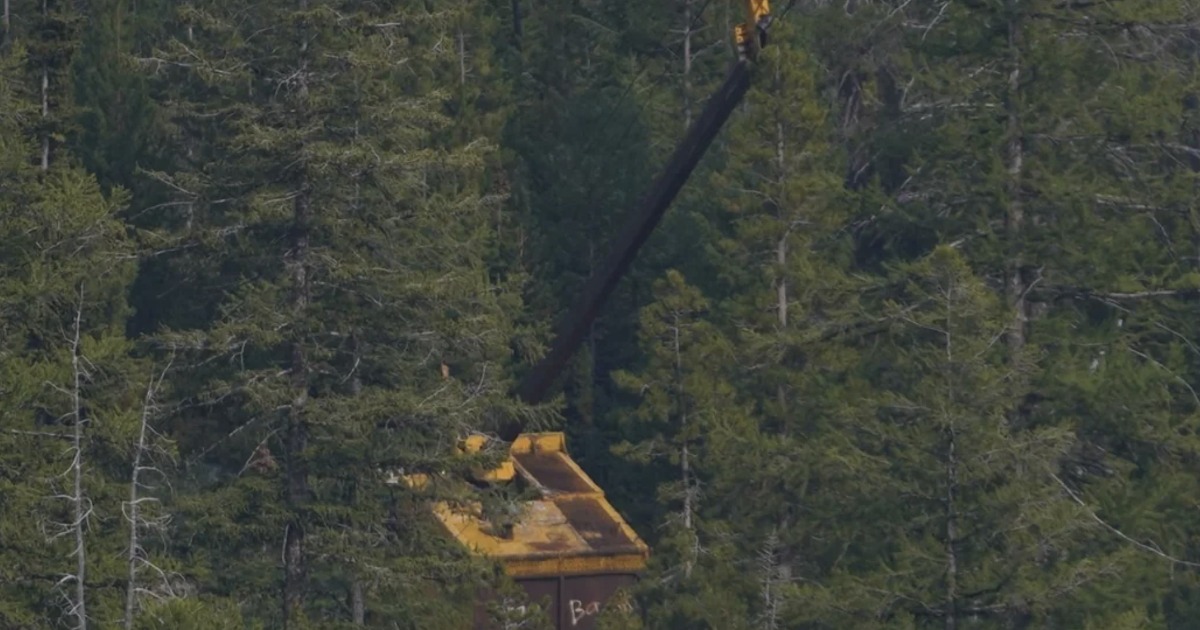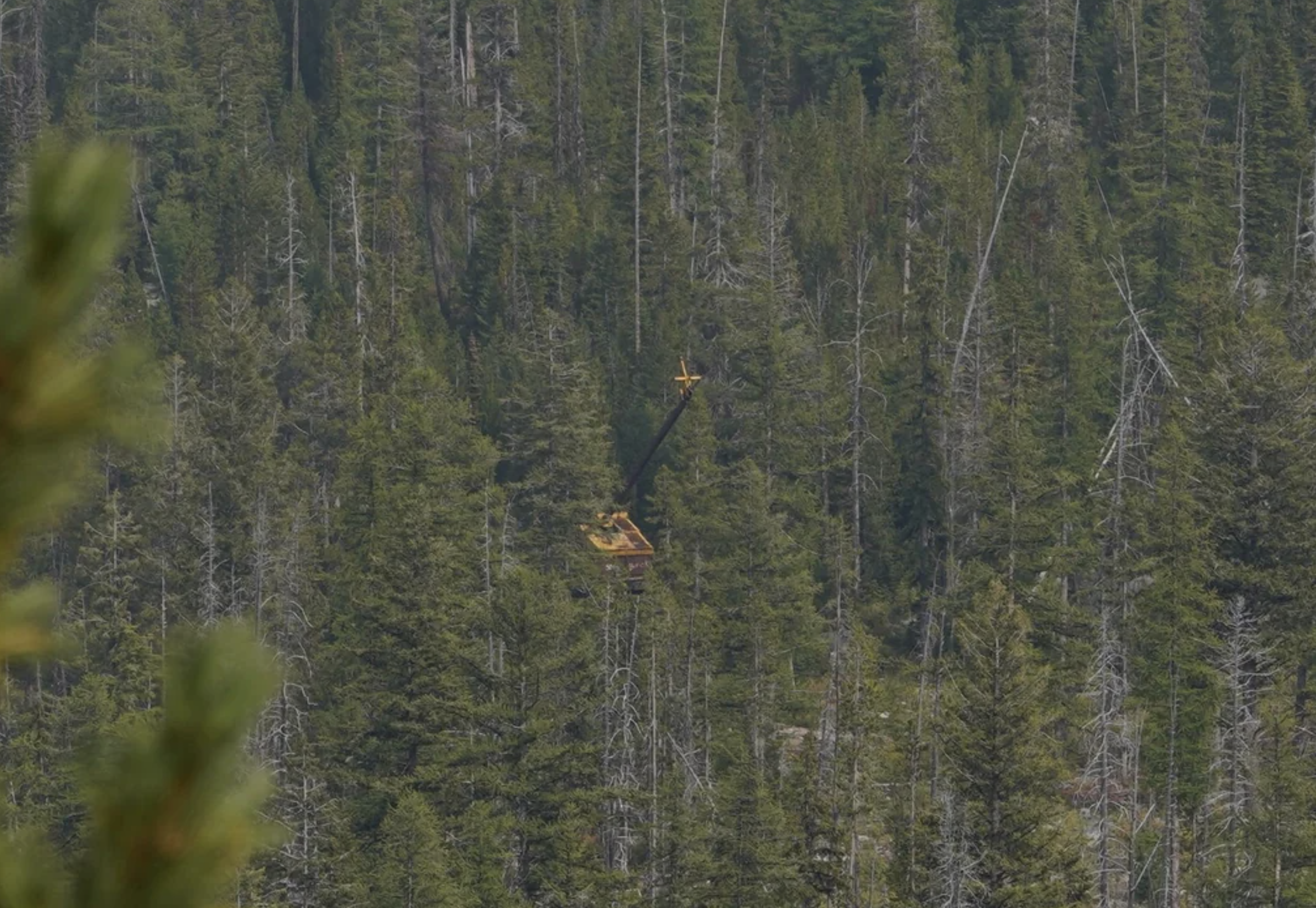We Didn’t Expect to Find This Out Here

Source: Reddit
Roughly five miles into the wilderness trail, you come upon an odd thing to behold. In the depths of the forest, towering pines and silence surround a literal and figurative giant—a huge yellow cable logging machine frozen in time.
It does not move, but this abandoned yarder says a lot about mountain logging in the good old days.
A Gondola for Logs
The steep, forested terrain of Montana made traditional logging difficult. Because there were only a few roads, there was little access for trucks to reach the felled trees. Therefore, loggers resorted to cable logging systems—often referred to as skyline logging or high-lead logging—to get logs above terrain obstacles.
Steel cables stretched across valley floors and ridgelines. Logs were suspended in the air rather than dragged on the ground. A yarder—state-of-the-art at the time—held winches and drums to power the logging operation. A carriage running along the cable whisked logs from the cutting site to a staging area (called a landing), where workers loaded them onto trucks.
The cable logging system kept logs up off the forest floor. This eliminated the risk of erosion and allowed logging of trees in terrain which would have otherwise been unreachable.

The Machine in the Trees
The yellow machine featured in these photos is likely a cable logging yarder from the 1960s or ’70s. A steel boom and pulley system were used to guide correctly loaded and stabilized logs across the air chew of devastation. Although rusted and tagged with graffiti, the old yarder remains intact.
In most cases, loggers completely abandoned these machines after a logging operation ceased in the area. The cost and effort of removing a machine like this entirely would far exceed its potential remaining value after years of logging. The forest ultimately reclaimed the site, but the machine stayed put.
Echoes of a Logging Era
The discarded Montana cable logging machine evokes a time when rugged machines combined with cable logging systems revolutionized the timber industry in Montana’s mountainous regions. These machines utilized gravity, cable tension, and sheer mechanical force to quickly bring logs down steep slopes.
Logging was all-consuming labor made worse with inherent dangers. With little margin of error on steep slopes, crews robustly managed steel cables under extreme tension. The yarder was the heart of the logging operation, the most important part of efficiently and safely moving logs down the mountain.
A Reminder in the Pines
Nothing more than an overgrown hunk of metal remains. It represents an era when remote logging camps were continuously scattered across Montana’s backcountry. It is a moment of tangible history representing the working character, culture, and grit of the area.
For day hikers or hunters wandering by, it is a surprise to find—an industrial ghost lying in the woods. For aerial trailblazers and history-conscious outfits, however, this magnificent relic provides a robust reminder of the dedication and enterprising spirit of Montana’s timber legacy.